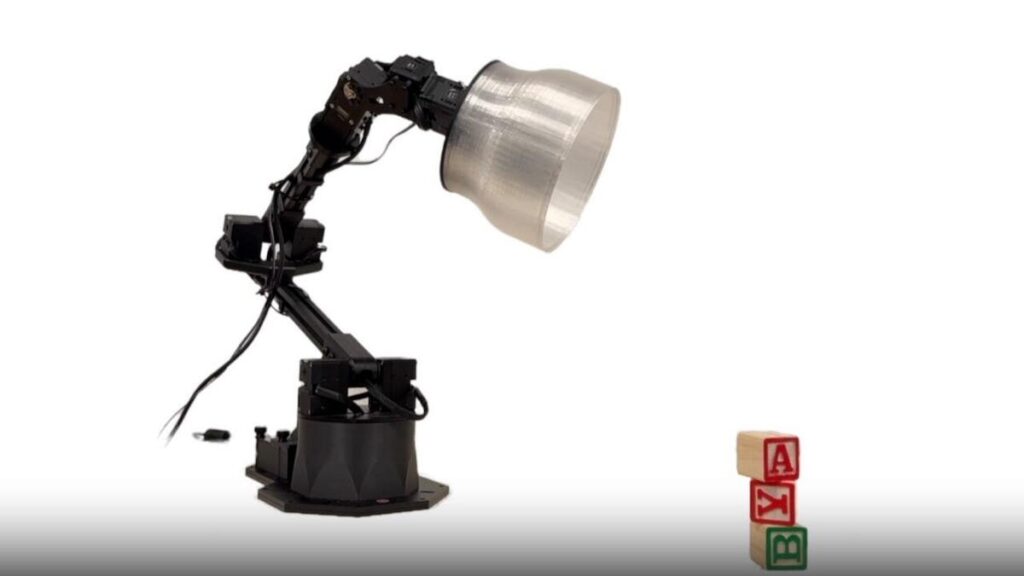Apple has taken a leap into the realm of robotics by bringing a beloved fictional character to life. Inspired by Pixar’s iconic Luxo Jr. desk lamp, a team of Apple’s scientists and engineers has developed a real-world robot lamp that is not only intelligent but also delightfully expressive, reminiscent of the playful animations seen in Pixar films. This groundbreaking project was outlined in a paper released on Apple’s Machine Learning Research website, within the domain of human-computer interaction, showcasing a video that brings this whimsical creation into focus.
This innovative prototype is not just any ordinary lamp. With movements that mimic the nuances of an animated character, it engages users by performing tasks with a touch of personality. The lamp can push over a stack of wooden blocks, track a book to keep its pages illuminated, and even respond to human gestures with a charming flair. Its behavior is more akin to a helpful pet than a robotic device, offering a sense of warmth and interaction previously absent in non-anthropomorphic machines.
The researchers’ work, titled “ELEGNT: Expressive and Functional Movement Design for Non-anthropomorphic Robot,” is available on arXiv, an open-access platform for research awaiting peer review. The study outlines a framework for endowing non-human robots with engaging, expressive characteristics while retaining functional utility. Six task scenarios tested user reactions to two types of robotic behavior: one functional and one expressive. The latter, much like Luxo Jr. on screen, offers a more engaging and personable interaction. In one scenario, the robot’s expressive designs incorporated swiveling motions that gave the impression of attentiveness, while another had it seemingly peer out a window to “check” the weather before responding.
The study included nearly two dozen participants who watched videos of the robot completing various tasks, assessing the robot’s engagement level and interaction quality. Results indicated that expressive, emotionally-charged movements significantly bolstered user engagement and enhanced perceptions of the robot, particularly in socially oriented tasks.
The choice to model the prototype after the Luxo Jr. lamp was a nod to Pixar’s legacy. Researchers highlighted the anthropomorphic design elements, such as the lamp head and arm, which suggest a head and neck, making it appear more lifelike and familiar. Outside Pixar’s headquarters, a giant Luxo lamp stands as a testament to its cultural impact, and Apple’s innovation seems to echo this iconic image.
Apple, renowned for its innovations in smartphones, computers, and apps, appears to be setting its sights on the burgeoning field of home robotics—a move hinted at in a Bloomberg report last year. With heavy investment in artificial intelligence and the integration of Apple Intelligence into iOS, venturing into home robotics could be a strategic extension of its current technology empire, potentially opening new avenues for hardware expansion.
While Apple has not commented on its robot lamp, the project offers tantalizing insight into a possible future direction for the company. This robotic lamp is more than just a piece of metal and plastic; it is a glimpse into the future of human-technology interaction, where machines may become companions in our daily lives.


